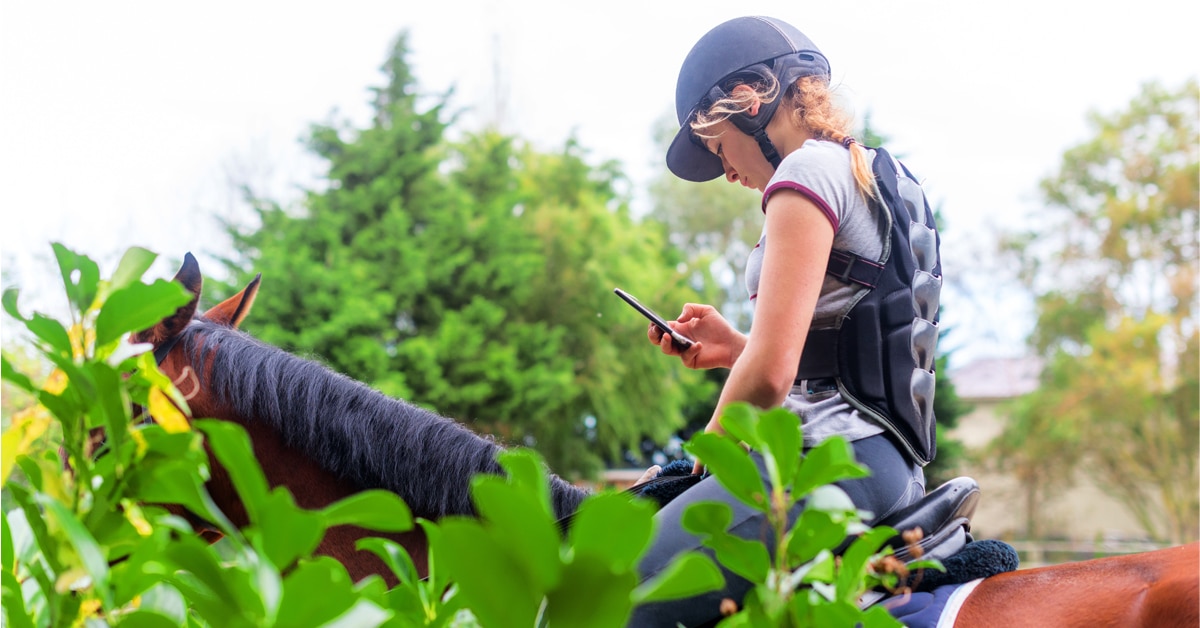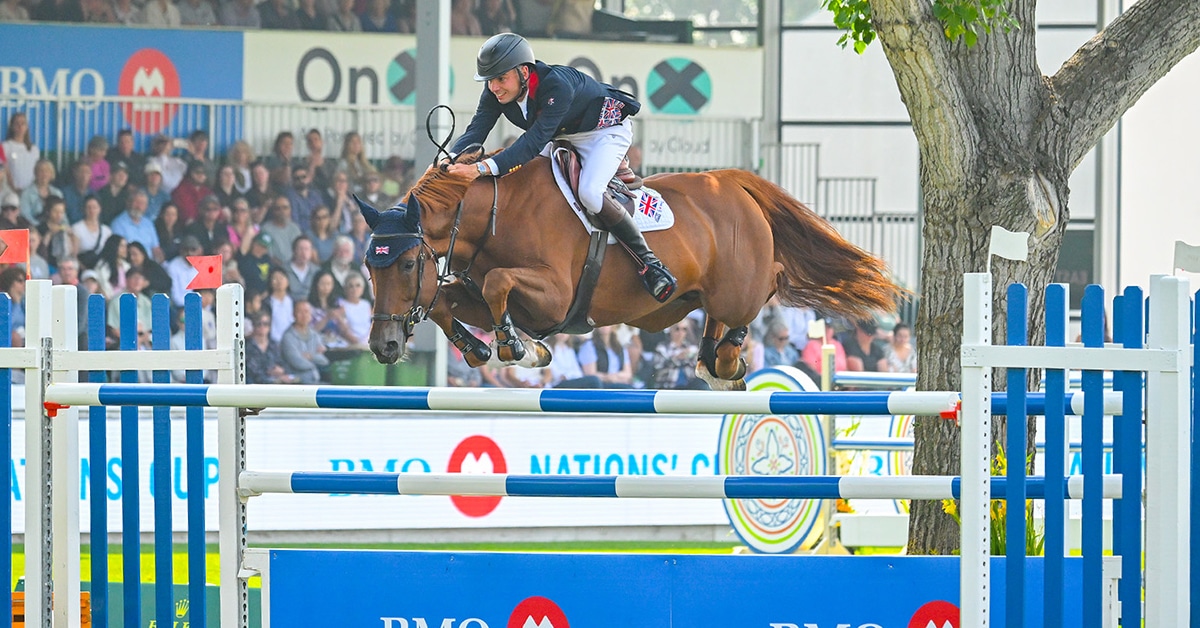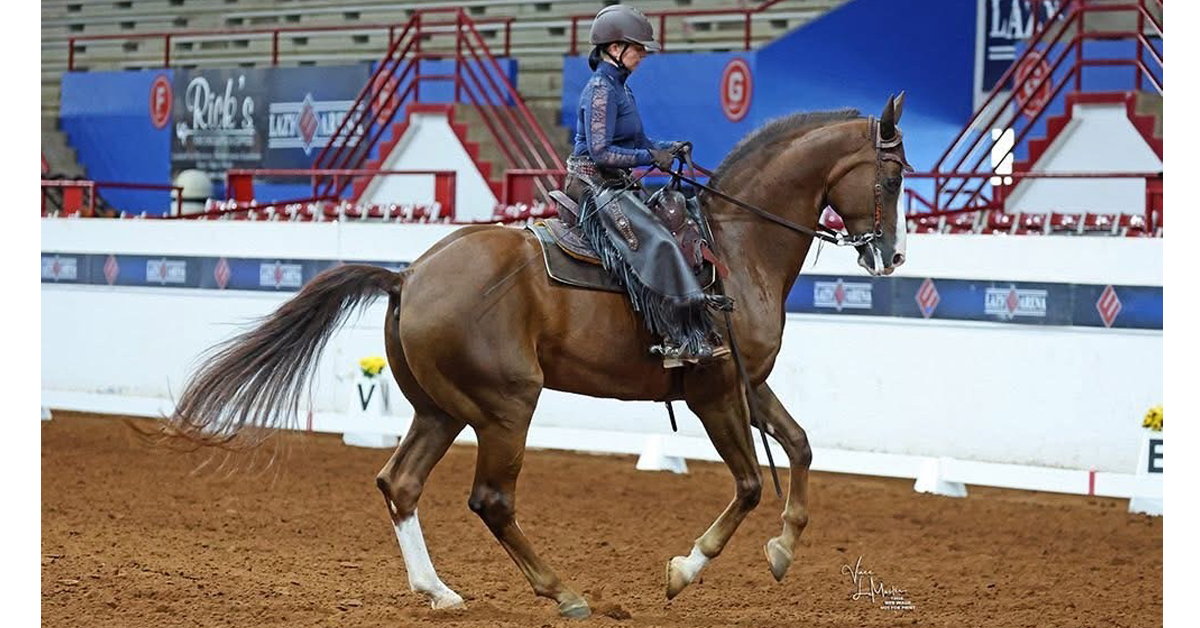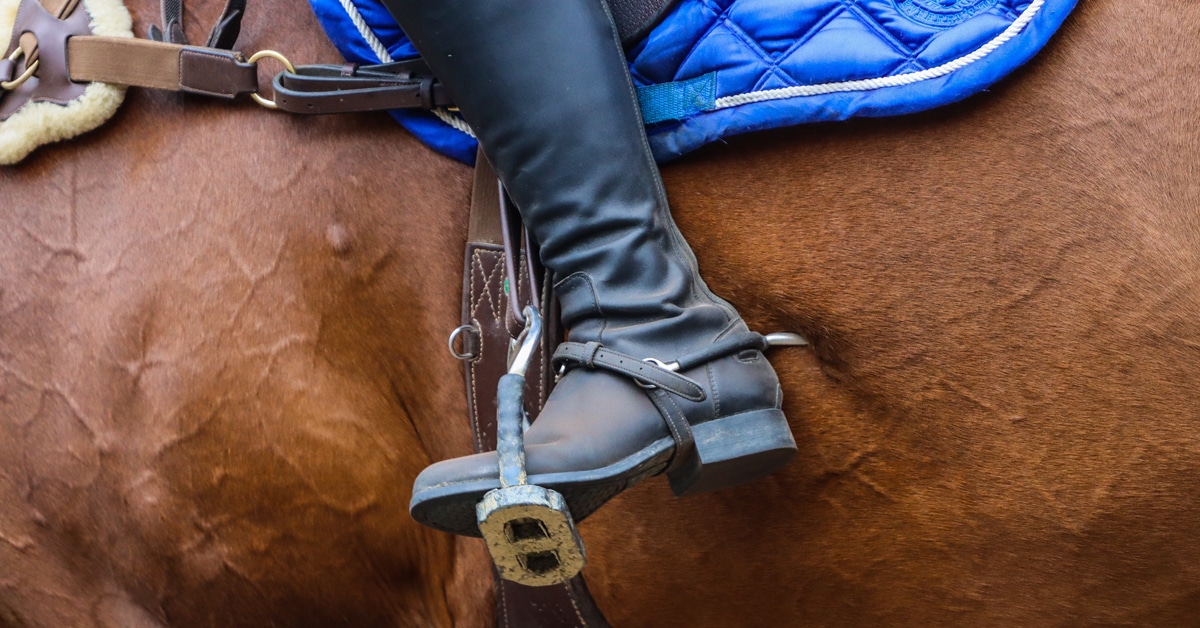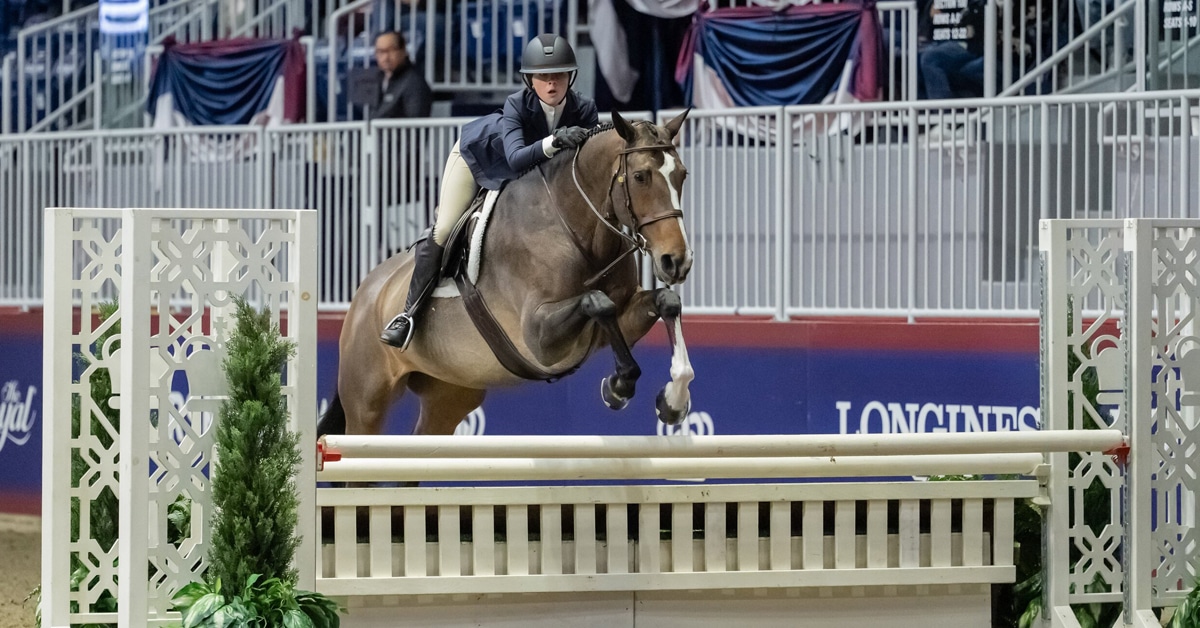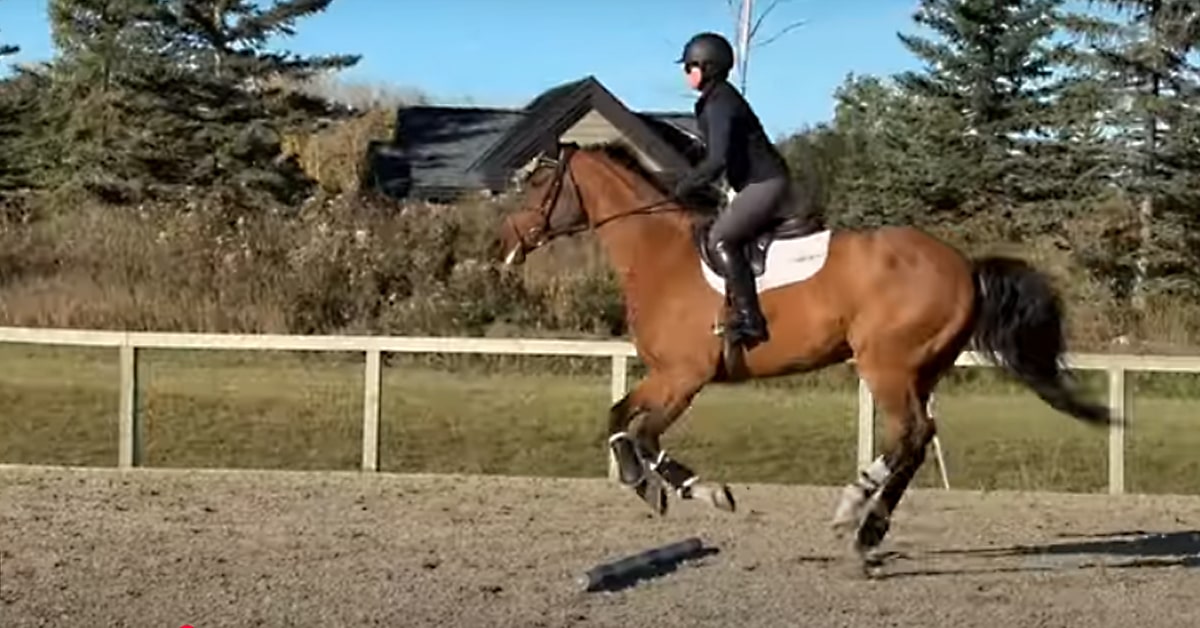As the weather slowly improves and we prepare to gear up for the coming show season, we’re all mindful of not over-jumping our horses so early, but we still want to get them sharp and engaged. This transition-focused exercise is a fantastic way to improve their conditioning while adding variety to your rides.
Exercise Setup
1. Trot Poles: Arrange 4 to 8 trot poles spaced 4 feet apart.
2. Single Pole/Cavaletti: Set a single pole or cavaletti approximately 50+ feet away from the end of the trot poles.
Depending on your horse’s current conditioning and responsiveness, you can either start with:
Canter to Trot Transition: Begin by cantering over the single pole/cavaletti, then ask for a trot transition as you approach the trot poles.
Trot to Canter Transition: Start with the trot poles and transition up to a canter for the single pole or cavaletti.
For balanced training, set up this exercise on both ¼ lines so you can work each lead evenly.
While trot-to-canter is demonstrated first in this video, I actually prefer to start with the downward transition. I feel that once my horse is cantering and we work on lightness through the downward transition, he is then sharper when I ask for the upward transition later.
Key Lessons and Tips
- Patience is Crucial: Staying committed to the process, particularly with transitions, means focusing on straightness, rhythm, and smooth rein connection. Downward transitions can be tricky: your horse might pull, hesitate, or delay the transition until the last step (or not make it at all). Use this as an opportunity to reinforce patience and avoid harsh corrections. Allowing small mistakes without punishment but rather clarity can help build trust and communication between you and your horse.
- Mastering the Upward Transition: Stay connected and avoid dumping the reins or rushing. If your horse hesitates, picks up the wrong lead, or doesn’t transition as smoothly as expected, don’t chase or pressure them to make the jump to canter. This is a low-consequence setting where you can practice responsiveness. The goal is to develop consistency in their transitions without compromising correctness or connection.
- Building Progress Over Time: This exercise is especially beneficial when repeated over several sessions. Don’t feel pressured to achieve perfection in a single session; allow your horse to end on a note that’s “good enough.” Revisiting the exercise over a few days can reveal improvements in their focus, balance, and transition responsiveness.
This transition work is an ideal way to maintain a steady routine while providing a challenging but manageable exercise during the off-season as you start to look toward the show season.
The Latest
